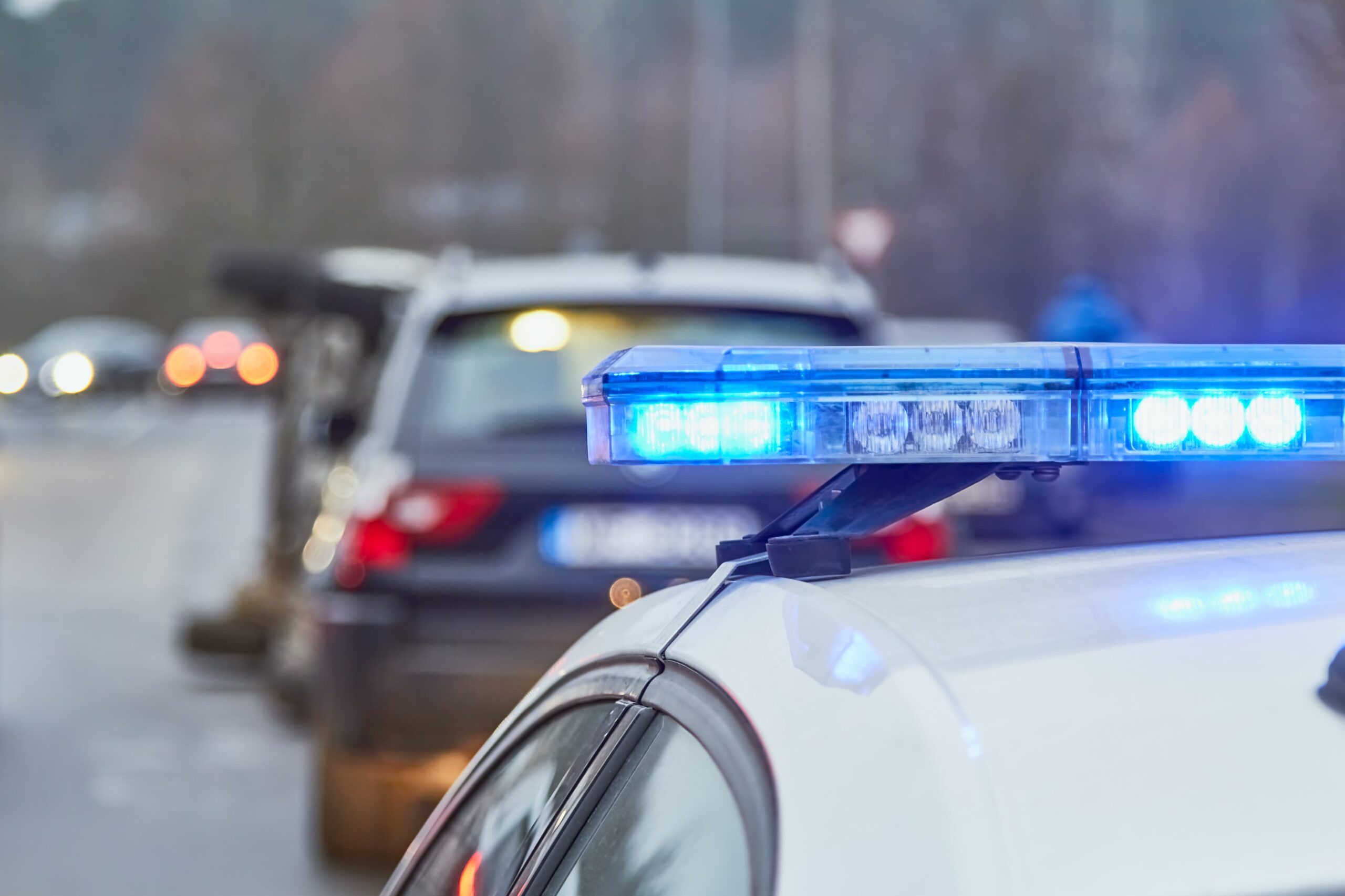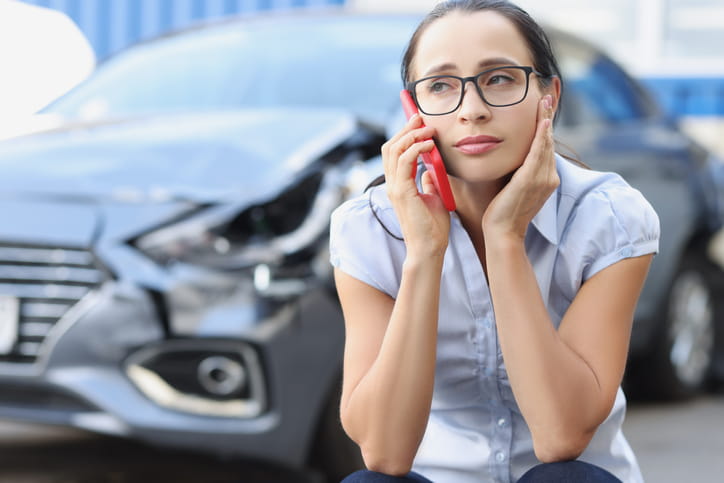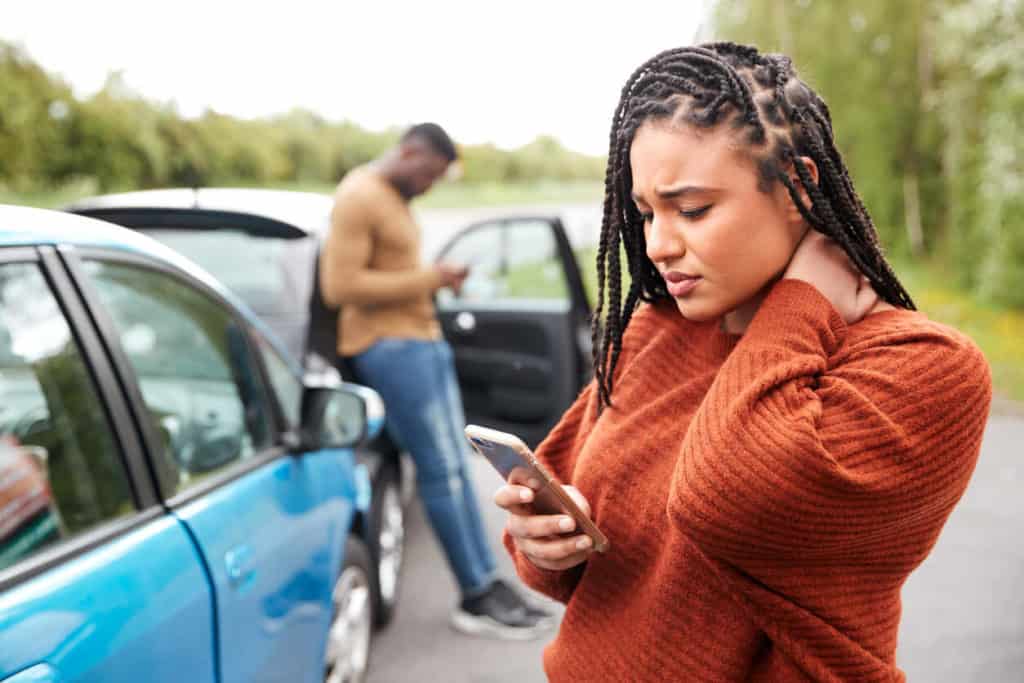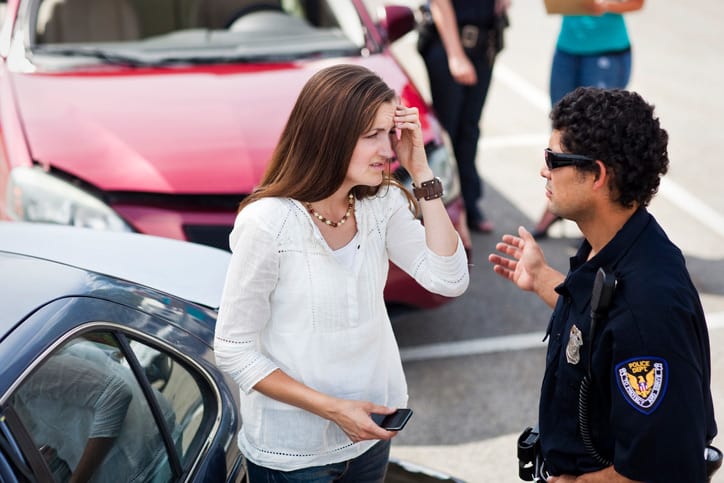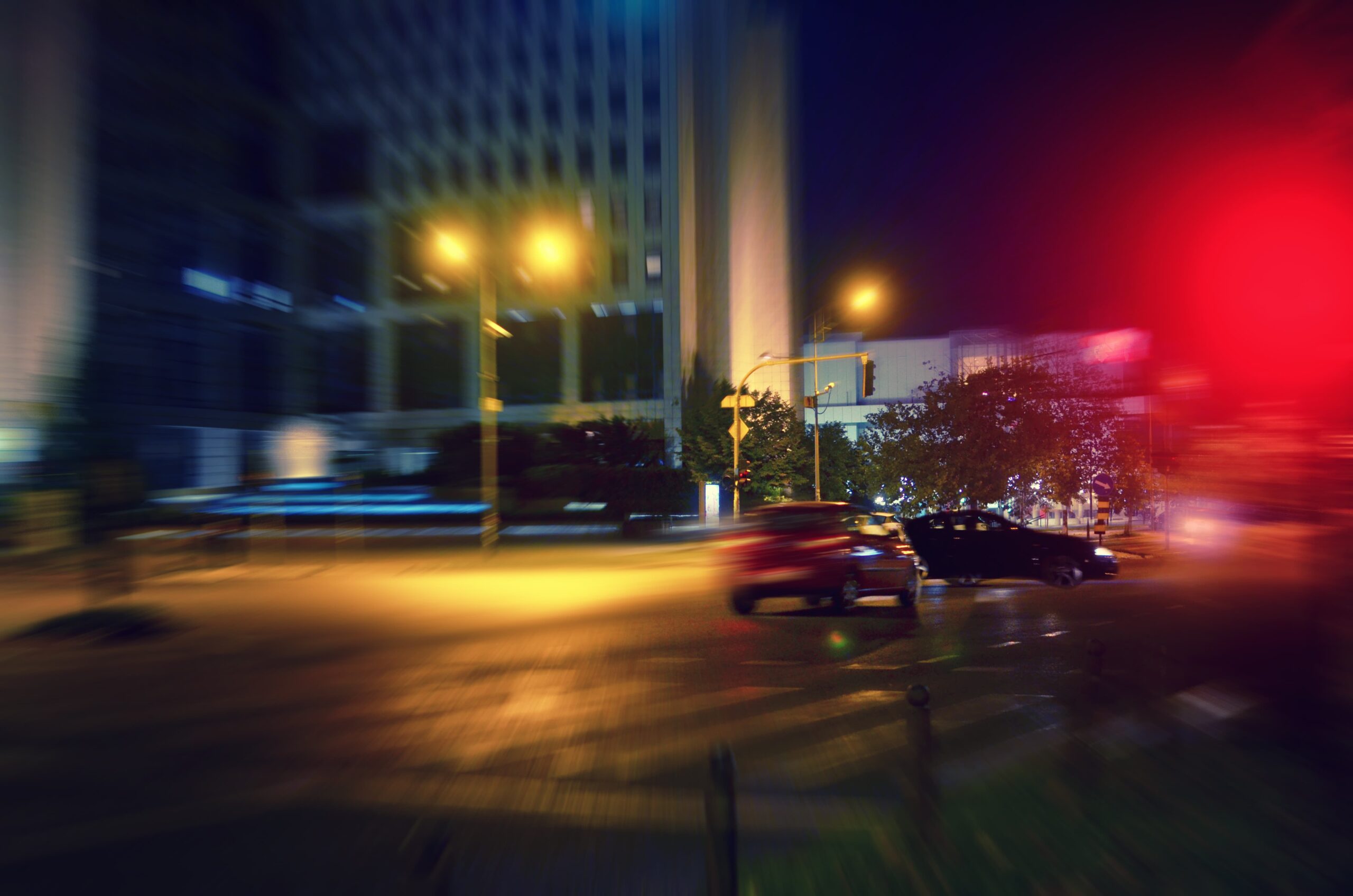Who Is at Fault in a T-Bone Car Accident?
Fault in a T-bone collision can be a complicated question. A T-bone accident may have multiple causes, so it’s not always clear who is at fault. However, by understanding what goes into determining fault, you can use the facts of the crash to determine who is to blame for the accident. Who is at fault for a T-bone collision? Our Colorado car accident attorneys explain.
Who Is at Fault for a T-Bone Collision?
Who is at fault for a T-bone collision is the driver that violates the right of way. Either driver may be at fault for a T-bone crash. Ultimately, a T-bone accident occurs when one or both drivers violate the right of way rules for drivers.
In other words, they enter the intersection when it’s not their turn. They might run a red or yellow light, or disobey a stop sign. The driver that enters the path of travel without the right of way and causes the accident is the driver who is at fault for a T-bone collision.
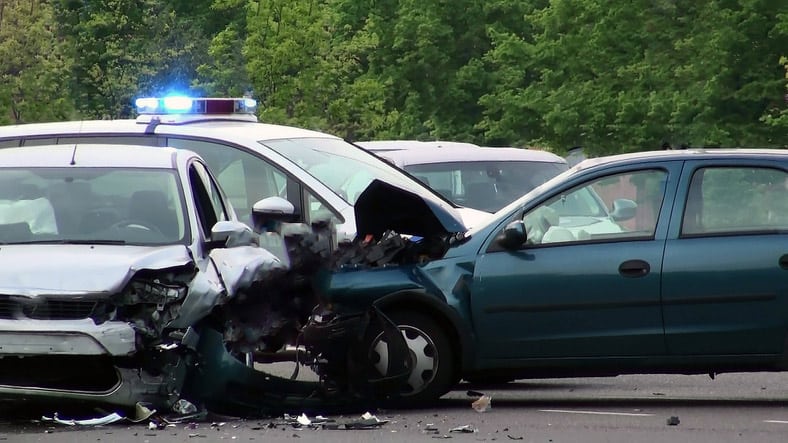
Who Is at Fault in a Broadside Accident?
Who is at fault in a broadside accident is the driver who should not be in the path of travel at the time of the accident. A broadside accident occurs when one driver enters the lane of travel when another driver from a different direction is already in the way.
There are rules of travel that apply. One of the drivers has the lawful right to be traveling in the lane at the time; the other driver does not. Who is at fault in a broadside accident is whoever violated the rules of travel by entering the road without the lawful right.
T-Bone Accident – Who’s at Fault
Determining fault in a T-bone accident is often a factual determination. There are scenarios where either party could be at fault. To know who is at fault, you need to know who was in the wrong at the time the accident occurred. Often, it’s not immediately clear without witness testimony or other evidence of who had the right of way at the time of the crash.
For example, Driver A is traveling east. They proceed straight through an intersection. At the same time, Driver B is traveling north. The driver proceeds straight through the intersection. The result is a T-bone accident.
In that scenario, what party is at fault for the T-bone accident? Of course, we don’t know from just the information provided so far. Either one could be at fault. Who ran the red light? Who ran the stop sign? This information is vital to determine who is at fault for the car accident. Was a driver speeding? Were they driving while distracted? These things are also legal fault; however, the overriding question is which driver shouldn’t have been in the intersection.
Colorado Statutes 42-4-703 – Merging Into Oncoming Traffic
Colorado Statutes 42-4-703 requires drivers to stop or yield as appropriate when there is a yield sign.[1] If there is a stop sign, the driver must stop. They may only enter the lane of traffic when it is safe to do so.
When a driver proceeds into the intersection without a clear path, they’re in violation of the law and presumed to be at fault. Colorado Statutes 42-4-703 requires all drivers to be careful and enter an intersection only when they have a clear path and after stopping for a yield sign or stop sign.
Proving Fault in a T-Bone Accident
Proving fault in a T-bone accident is a challenging task. When you’re the victim of a T-bone accident, you deserve all of the damages that are otherwise available to you. However, to win compensation, you have to prove the cause of the accident. How do you prove the cause of a T-bone accident?
You can explore and build several different types of evidence. Witness testimony is especially important. If there are people who were in other vehicles or people who were pedestrian bystanders, they can provide compelling evidence based on the testimony of what they saw and heard. Their memories, vantage points, and the details they provide may be significant as the jury determines their credibility.
It’s also helpful to see if there is any video available. Nearby shops or even city cameras may have footage that you can use to prove the truth. It’s essential to work quickly to preserve this evidence before it’s deleted or lost.
Finally, the location of damage to the vehicles and accident reconstruction may come into play. Debris and skid marks can shed light on the cause of the accident. To win your case, you’ll likely rely on a combination of all of these types of evidence. It’s important not to overlook the importance of proving the cause of the accident in addition to proving your damages.
How Can an Attorney Help With a T-Bone Collision?
An attorney can help you with a T-bone collision because they have a thorough understanding of the laws and procedures necessary for you to win financial compensation. An attorney understands what you need to prove in order to win a T-bone accident case.
Furthermore, they’re aware of all of the compensation that you can receive. Working with an experienced attorney, you know that you’re taking all of the steps procedurally and factually to reach the right result for your case.
T-Bone Car Accident Attorneys
If you’ve been in an accident, the Bachus & Schanker, LLC attorneys are here to help. When you work with our legal team, you’re not just working with one individual; instead, you have our entire team of trained attorneys and legal professionals at your disposal. We have comprehensive resources and a history of success that we can put to work for you.
From your confidential consultation through the resolution of your case, we work carefully and diligently on your behalf. We ensure that your questions are answered and that we take care of everything necessary to prove your case and reach a fair result in your case. We’re accepting new clients. Call us today to get started.

